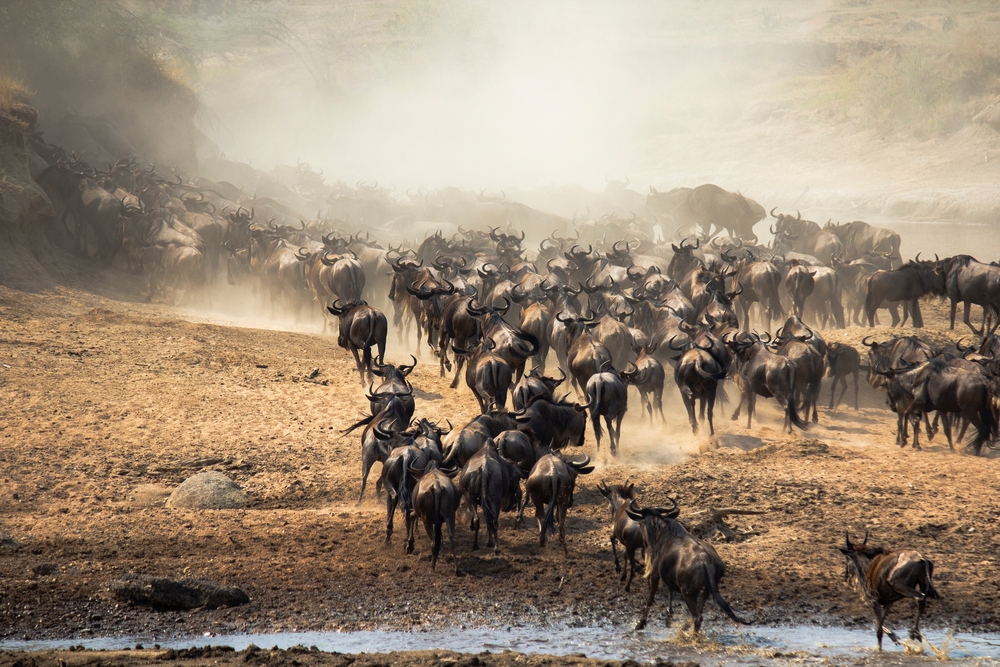The Unspoken Wonder of Animal Migration: A Deep Dive into Nature's Marvel
The staggering journey of animal migration is a spectacle that leaves countless observers in awe. This article will delve into the intricate details of this natural phenomenon, from the historical context and recent developments to the fascinating strategies animals employ to traverse vast distances.

The Origins of Animal Migration: A Historical Perspective
Animal migration is not a recent phenomenon. It dates back millions of years, and is a survival strategy that has evolved over time in response to changing environmental conditions. Early migratory patterns were likely influenced by the need to find food, breed, and escape harsh weather. For instance, birds began to migrate to exploit food availability in different regions, while monarch butterflies started their epic journey to escape the cold North American winter.
Modern Understanding of Migration: Key Developments
With the advent of technology, our understanding of animal migration has improved significantly. Satellite tracking, for instance, has allowed scientists to monitor the migratory paths of various species, revealing unexpected details about their navigation skills and endurance. Recent studies have shown that animals use a combination of the sun, stars, and Earth’s magnetic field to navigate, a feat that continues to baffle scientists.
The Impact of Climate Change on Migration
While migration is a testament to nature’s resilience, it is not impervious to the impacts of climate change. Rising temperatures, unpredictable weather patterns, and habitat destruction are forcing some species to alter their migratory routes and timings, with potentially disastrous consequences. Some birds, for instance, are arriving at their breeding grounds too early or too late, disrupting the delicate balance of ecosystems.
Migration and the Pet Industry: An Unexpected Connection
Interestingly, animal migration has had an impact on the pet industry as well. The migratory habits of certain pet bird species have been harnessed to create more stimulating and naturalistic environments for them in captivity. For example, some advanced birdcages now include features that mimic the changing daylight hours and weather conditions that these birds would experience during migration.
The Future of Migration: What’s Next?
Looking forward, the study of animal migration promises to offer more insights into the remarkable abilities of animals. Ongoing research is exploring the use of drones and other advanced technologies to track and study migration, which could provide valuable data for conservation efforts. However, the onus is on us to ensure that these migratory marvels are preserved for future generations to appreciate.
In conclusion, animal migration is a remarkable phenomenon that showcases the adaptability and resilience of nature. As we continue to unravel its mysteries, it is imperative that we also work toward preserving these natural spectacles and the diverse species that partake in them. After all, they form an integral part of the complex web of life that sustains our planet.




